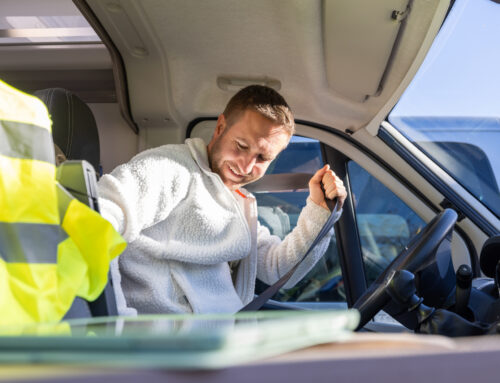Hand and power tools make many tasks easier and more efficient. But we often take the tools we use for granted, forgetting the danger that can come with using them. No matter how much experience you have with tools, accidents can and do still happen.
To protect yourself and your affiliate, it’s important to practice hand and power tool safety. Here’s how to identify and eliminate potential hazards associated with the use of hand and power tools.
Tool Operation
Take your finger off the power switch between uses. You don’t want to be clearing a blade or drill bit with the chance of accidentally turning on the tool. It could lead to cuts or other injuries.
Only cords in good condition should be used with power tools. You don’t want to use cords with frayed or peeling casings, or ones with missing or damaged prongs. Fires or shocks could result.
Operate tools with all guards in place. You don’t want to remove a safety feature that was included in the design of the product to protect you. Eye or hand injury could occur.
Look over each tool for damage before use and follow the proper lockout tag-out procedures. You don’t want to keep a tool in poor condition in service. The chance for injury is high.
Safe Handling
Switches should always be set to off and tools disconnected from their power source when not in use. You don’t need the risk that someone else could move or handle it. Injuries can result.
Appropriate tool selection is key. Always pick the right tool for the job. Using tools in unconventional ways comes with a higher risk of something going wrong.
Foresight is important when it comes to caring for tools to avoid damage. You should not yank or tie knots in an electrical cord or carry a tool by its cord. Damaged tools could malfunction.
Education on the proper use of a tool and any necessary protective gear needed while using it is a must. You don’t want preventable misuse of a tool to lead to injury. Accidental misuse is risky.
Think of the safety of others. Clear your work area and make sure work is in a secure position. Inattention by one person can put other people onsite at risk.
Your preparation for tool use should include checking your wardrobe. You should be wearing appropriate clothing and the necessary protective equipment. The wrong gear puts you at risk.
With the proper tool use, you can reduce the risk of employee and volunteer injuries. Find more tips to reduce affiliate risk here.





